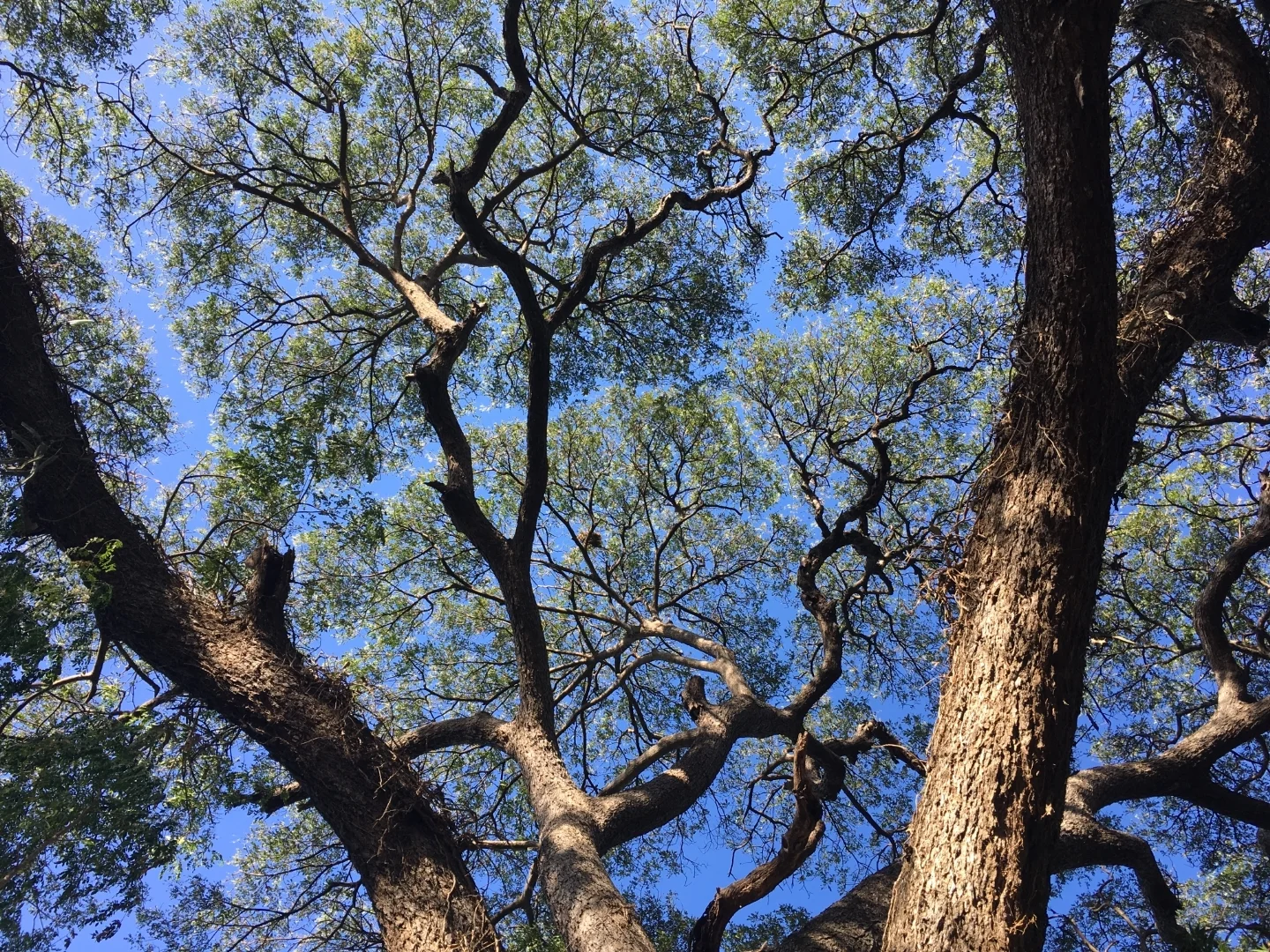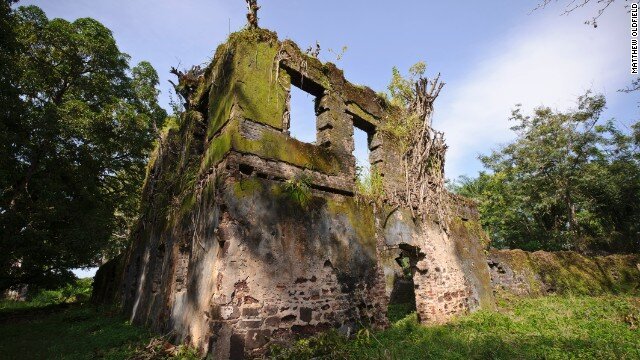Inside Look into the Transition from Travel to Virtual Study Abroad
/by Lara Garanzuay, Communications Specialist
The COVID-19 pandemic has changed the way people live their lives, do business and make decisions. It changed everything and anything the world knew about life. Schools were moved to online learning, people were working from home, and all travel came to a sudden halt. For us, we had to reimagine what study abroad looked like for students and faculty.
While navigating through the many unknowns, the Learn From Travel team worked diligently with schools and faculty to best encompass travel study abroad in a virtual format. We got a chance to talk with Charity Eckhardt, a faculty-led program advisor from the University of Northern Iowa, who we worked alongside vigorously to bring virtual study abroad to students in March.
Charity’s Firsthand Experience with Virtual Study Abroad in a Pandemic
In our conversation with Charity, we got the inside scoop into how travel study abroad turned virtual. She shared with us the challenges, advantages, and surprises that came with this culturally immersive program. Charity had a firsthand look from start to finish to what the virtual study abroad process consisted of. Here is what she had to say:
Where Are We Headed?
As we begin to see the light at the end of the tunnel with COVID-19, we begin to reimagine what study abroad will look like. Will we continue offering virtual study abroad alongside travel study abroad? Will we incorporate aspects of both travel and virtual study abroad into one style of program? No one really knows quite yet but the future for study abroad is bright. The Learn From Travel team continues to offer programs for students and faculty to become culturally aware and immerse themselves in multiple countries and communities.
If you are wanting to take students on their own cultural experience abroad, contact us or check out our website for more details on the programs we offer.






























